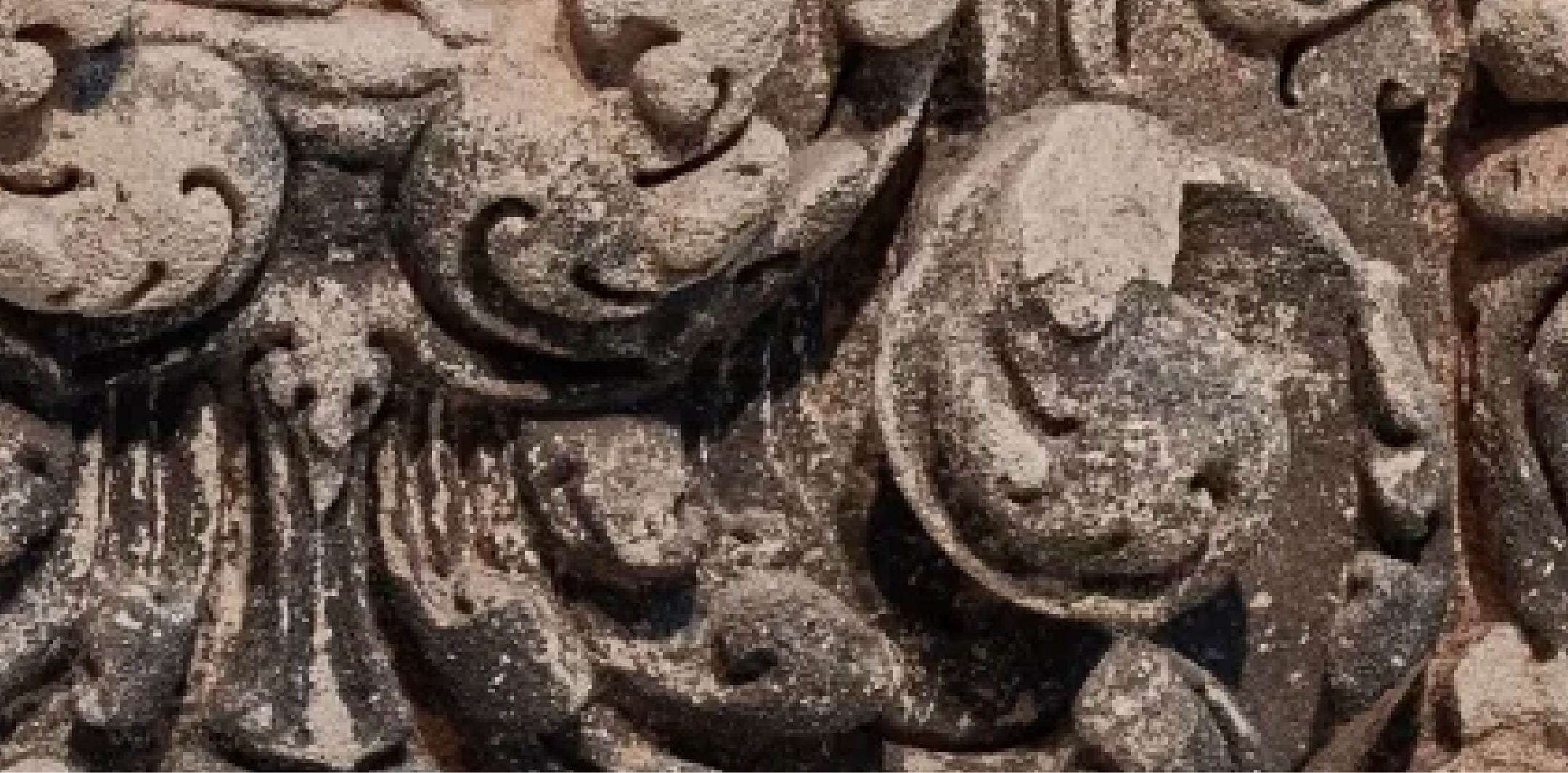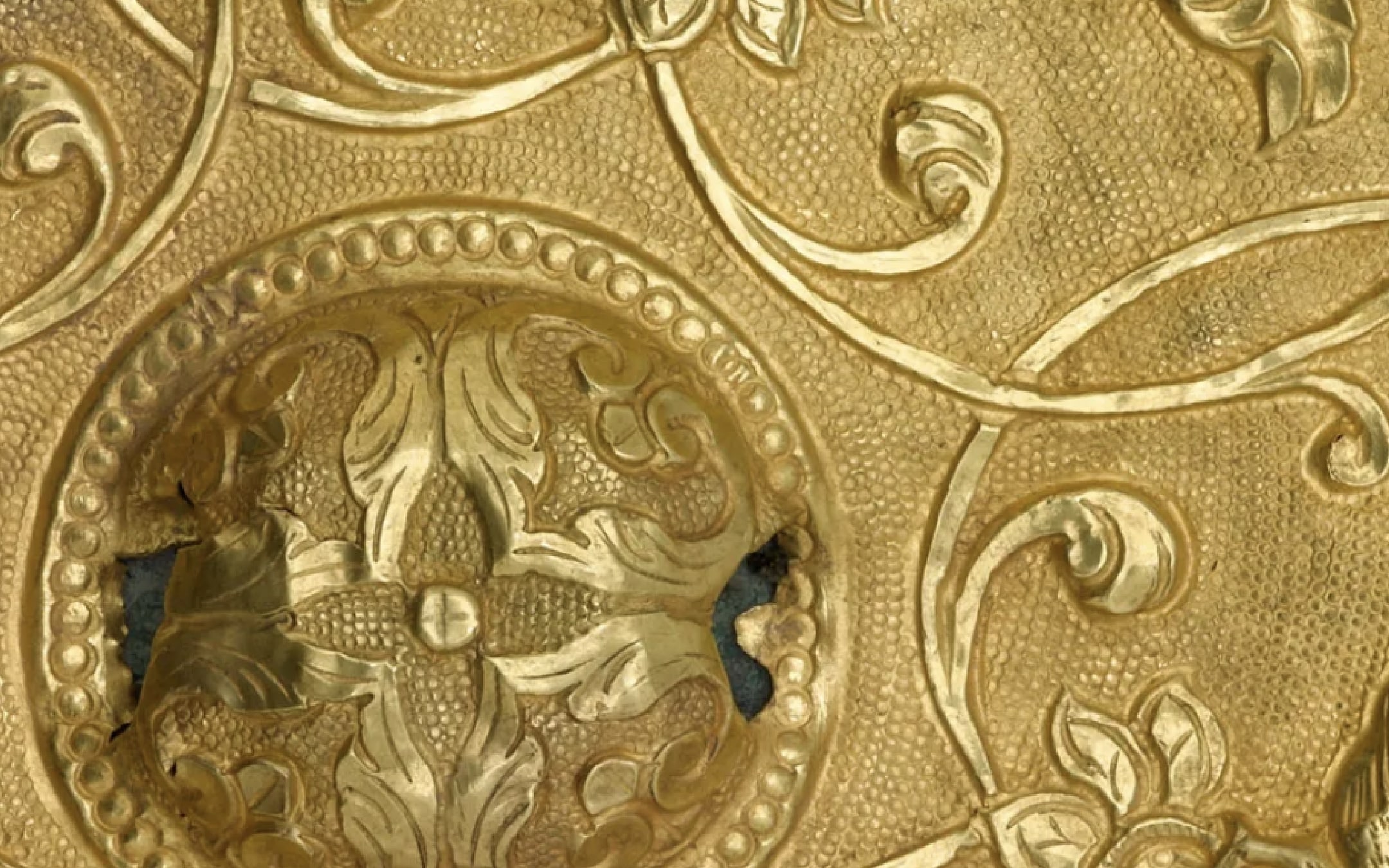Plate

Terms of Use
Usage Conditions ApplyAt A Glance
-
Period
4th century -
Geography
Iran -
Material
Silver and gilt -
Dimension
H x Diam: 5 x 24 cm (1 15/16 x 9 7/16 in) -
Accession Number
F1934.23 -
EDAN ID
edanmdm:fsg_F1934.23
Object Details
-
Description
A shallow dish, standing on a foot rim. Silver. Dents in under surface. Decoration: executed in applied hollow relief; and engraving; gilded; haunch of one boar missing. Trace of dotted line inscription and scratches under foot. -
Collection
Freer Gallery of Art Collection -
Exhibition History
Feast Your Eyes: A Taste for Luxury in Ancient Iran (February 4, 2012 - ongoing)Ancient Art of the Near East (November 21, 2009 to December 1, 2011)Facing East: Portraits from Asia (July 1 to September 4, 2006)The Heroic Past: The Persian Book of Kings (June 4 to October 29, 2000)Luxury Arts of the Silk Route Empires (May 9, 1993 to January 28, 2007)Ancient Near Eastern Metalware (December 18, 1984 to February 24, 1986)Pre-Islamic Metalwork from the Near East (April 15, 1983 to April 4, 1984)Art of the Near East (August 21, 1977 to December 14, 1979)Near Eastern Art (June 15, 1973 to May 7, 1975)2500 Years of Persian Art—Paintings, Metalwork (February 10, 1972 to June 15, 1973)Near Eastern Art—Paintings, Metalwork (August 18, 1967 to February 10, 1972)Special Exhibition Afghanistan (September 3, 1963 to June 5, 1964)Near Eastern Art (January 1, 1963 to August 18, 1967)Persian Art (January 1, 1963 to September 3, 1963)Centennial Exhibition, Galleries 6 and 7 (February 25, 1956 to April 10, 1962)Untitled Exhibition, Islamic Manuscripts, 1955 (April 12, 1955 to December 16, 1955)Untitled Exhibition, Armenian Manuscripts, Gallery 6, 1947 (April 23 to October 3, 1947)Untitled Exhibition, Islamic Arts, 1947 (October 6, 1947 to February 25, 1956)Untitled Exhibition, Islamic Manuscripts, 1947 (October 6, 1947 to February 25, 1956)Untitled Exhibition, Ancient Near Eastern Art, 1947 (June 18, 1947 to October 26, 1955)Untitled Exhibition, Islamic Manuscripts (May 1, 1945 to September 25, 1947)Untitled Exhibition, Persian and Near Eastern Art (May 5, 1933 to September 24, 1947)Untitled Exhibition, Persian Manuscripts (May 5, 1933 to September 22, 1947) -
Origin
Iran -
Credit Line
Purchase — Charles Lang Freer Endowment -
Type
Vessel -
On View
Sackler Gallery 21: Feast Your Eyes: A Taste for Luxury in Ancient Iran -
Restrictions and Rights
Usage Conditions Apply
There are restrictions for re-using this media. For more information, visit the Smithsonian's Terms of Use page.
The information presented on this website may be revised and updated at any time as ongoing research progresses or as otherwise warranted. Pending any such revisions and updates, information on this site may be incomplete or inaccurate or may contain typographical errors. Neither the Smithsonian nor its regents, officers, employees, or agents make any representations about the accuracy, reliability, completeness, or timeliness of the information on the site. Use this site and the information provided on it subject to your own judgment. The National Museum of Asian Art welcomes information that would augment or clarify the ownership history of objects in their collections.
Keep Exploring
-
Related Resources
-
Date
-
Topic
-
Culture
-
Object Type
-
On View

